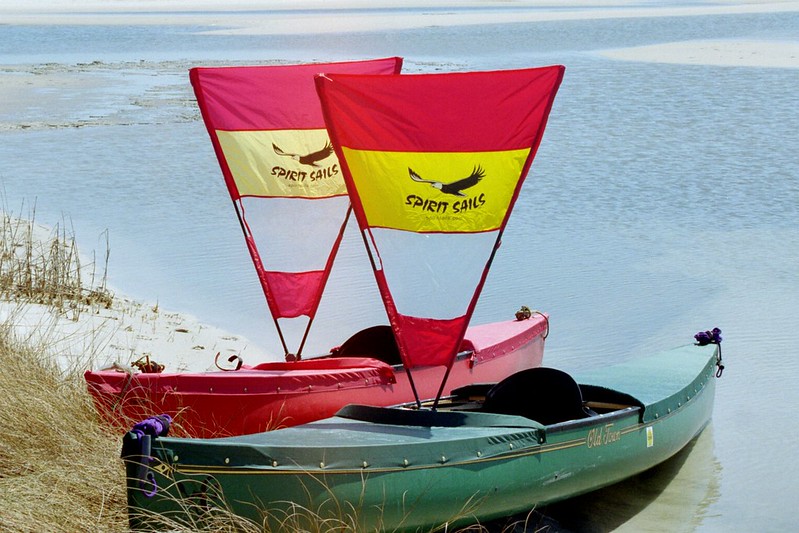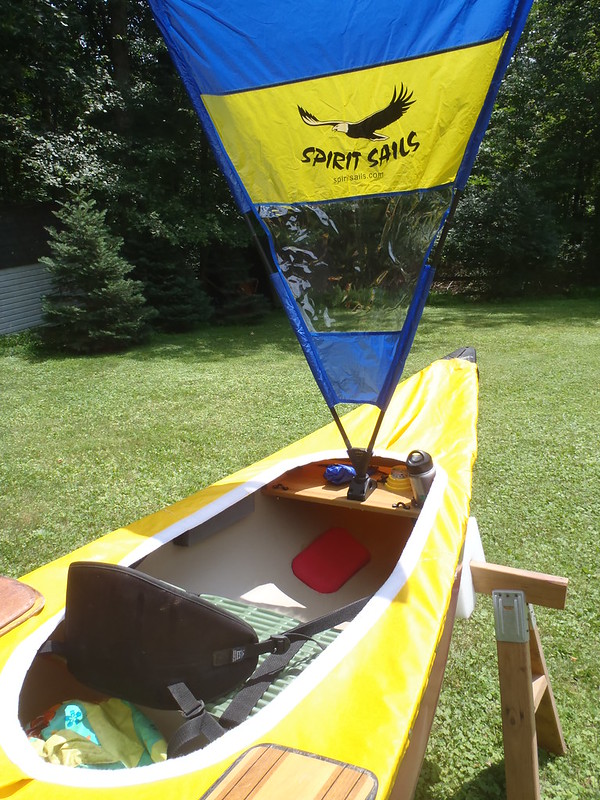Had a CCS snap cover. Hated it. First, it was hard to put on, especially when dry. As we live on the west coast and paddle in the ocean, we often load the canoe in the water, because at low tide, it's impossible to slide a canoe into the water as beaches tend to be very rocky. Snapping the cover on with the canoe in the water took too long and was quite difficult in even mild choppy water.
The second issue was tearing the fabric. OK, it was a little old (we bought the canoe w/ cover second hand) and probably UV weakened. So, we tore it as we tried to unsnap it. And we had to unsnap it whenever we wanted into the canoe for gear, food, etc.
Third, some of the snaps failed as we unsnapped it.
Short story: We got a Northwater. Measuring, drilling, prepping and gluing on patches took most of a day (get two bottles of the glue). Otherwise it was not a difficult process, just tedious. Now, we love it, but it's not waterproof, as some have mentioned. It also has a zippered middle section, which makes loading and unloading a breeze. Ten minutes or less to lace it on. Once it's on, it stays on for a whole trip. On warm days, we unlace it to just behind the bow seat, and then roll the skirt back. This leaves the bow completely open, but the skirt is in place for the rest of the canoe. The skirt adds weight, but that's only an issue for carrying the canoe down to the water. After each trip, we rinse it with fresh water and let it dry before rolling it up to store it.












